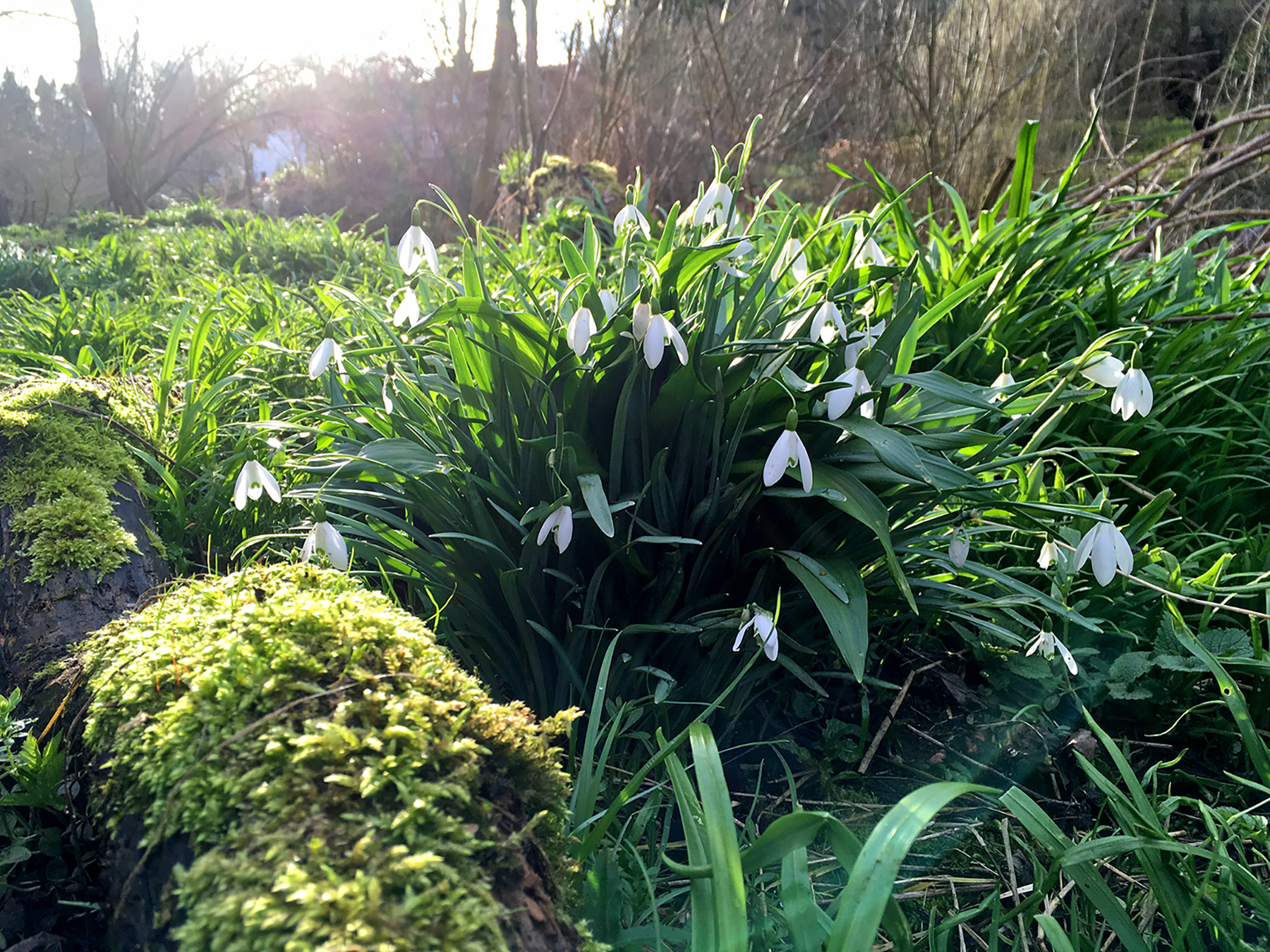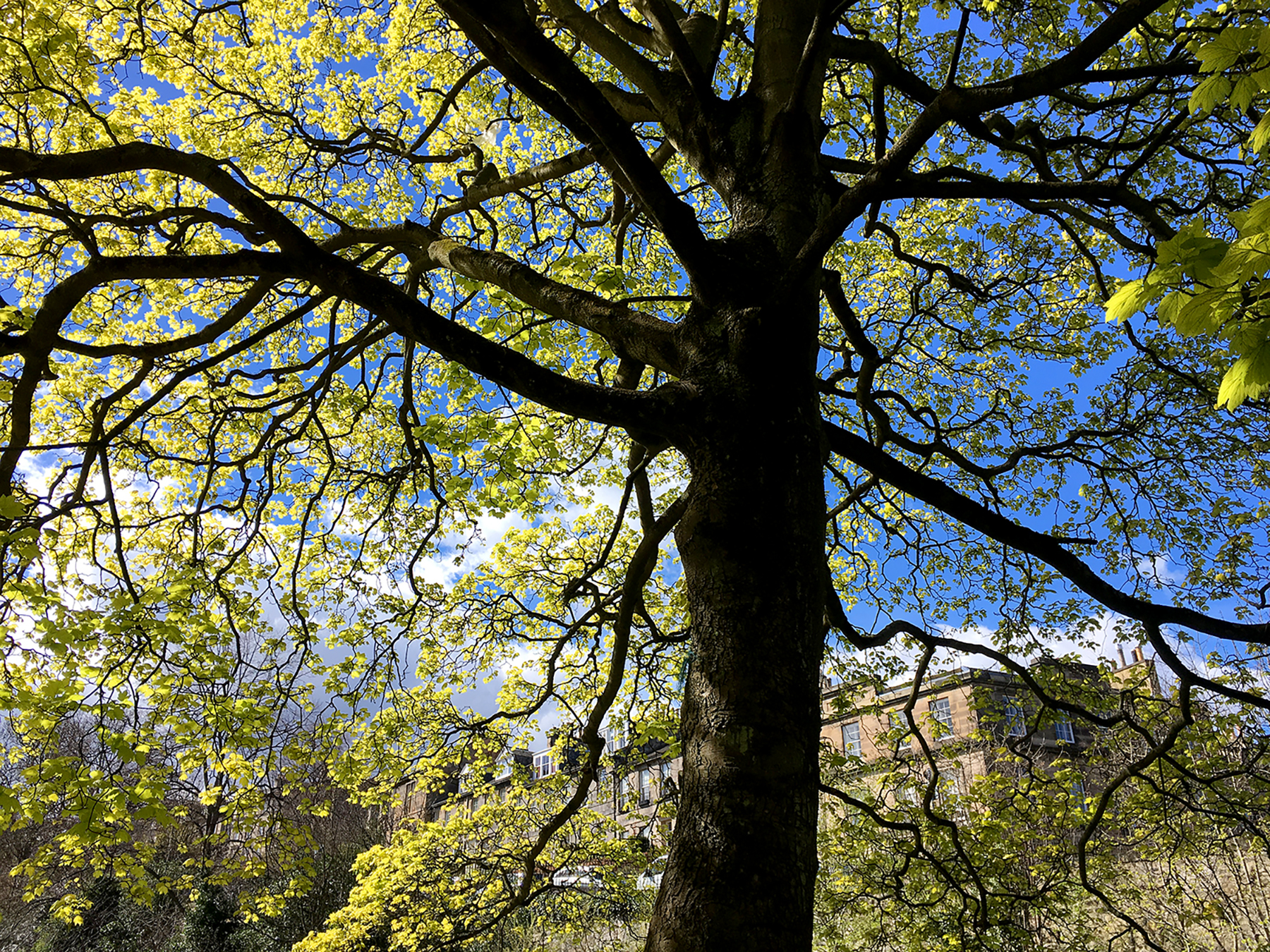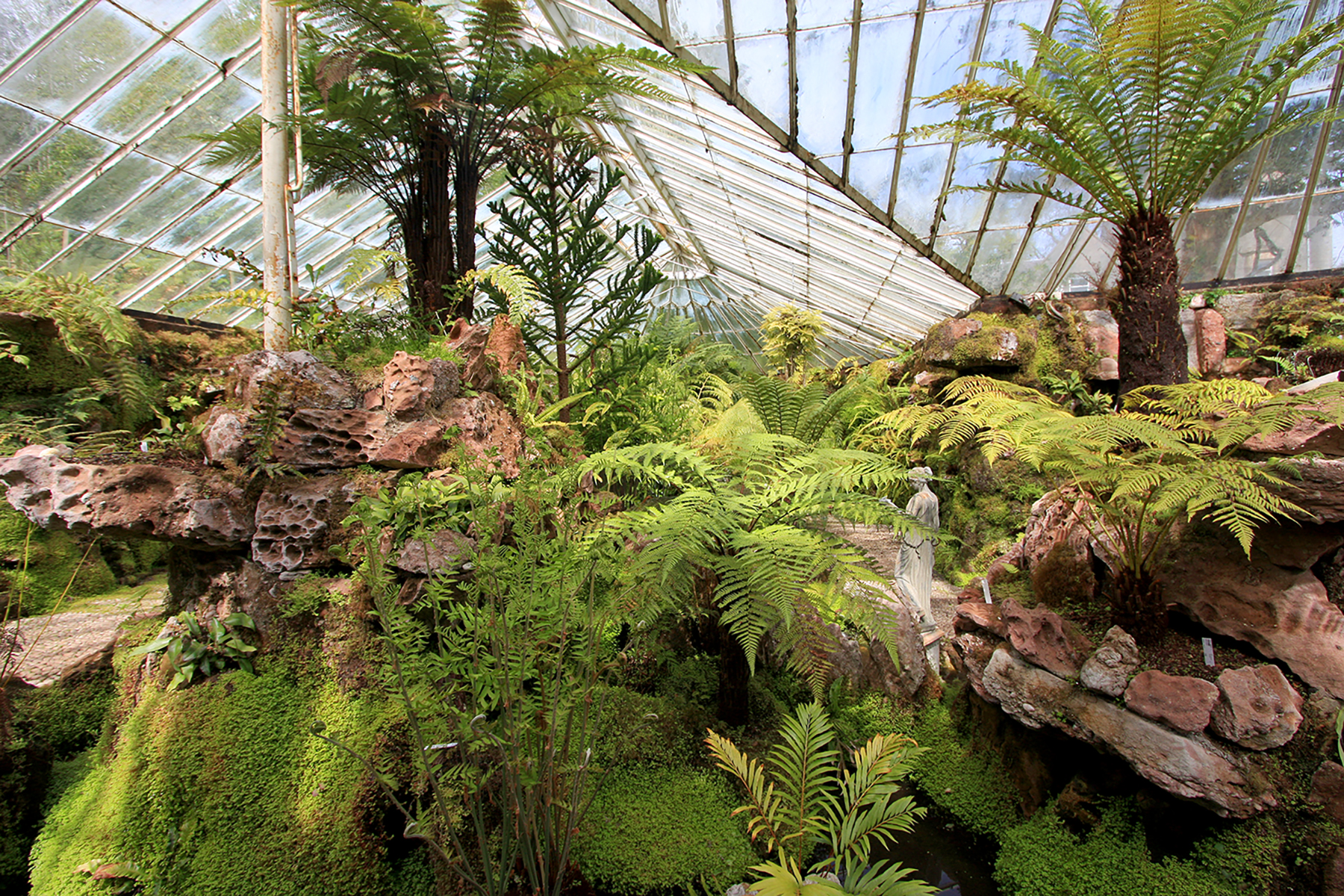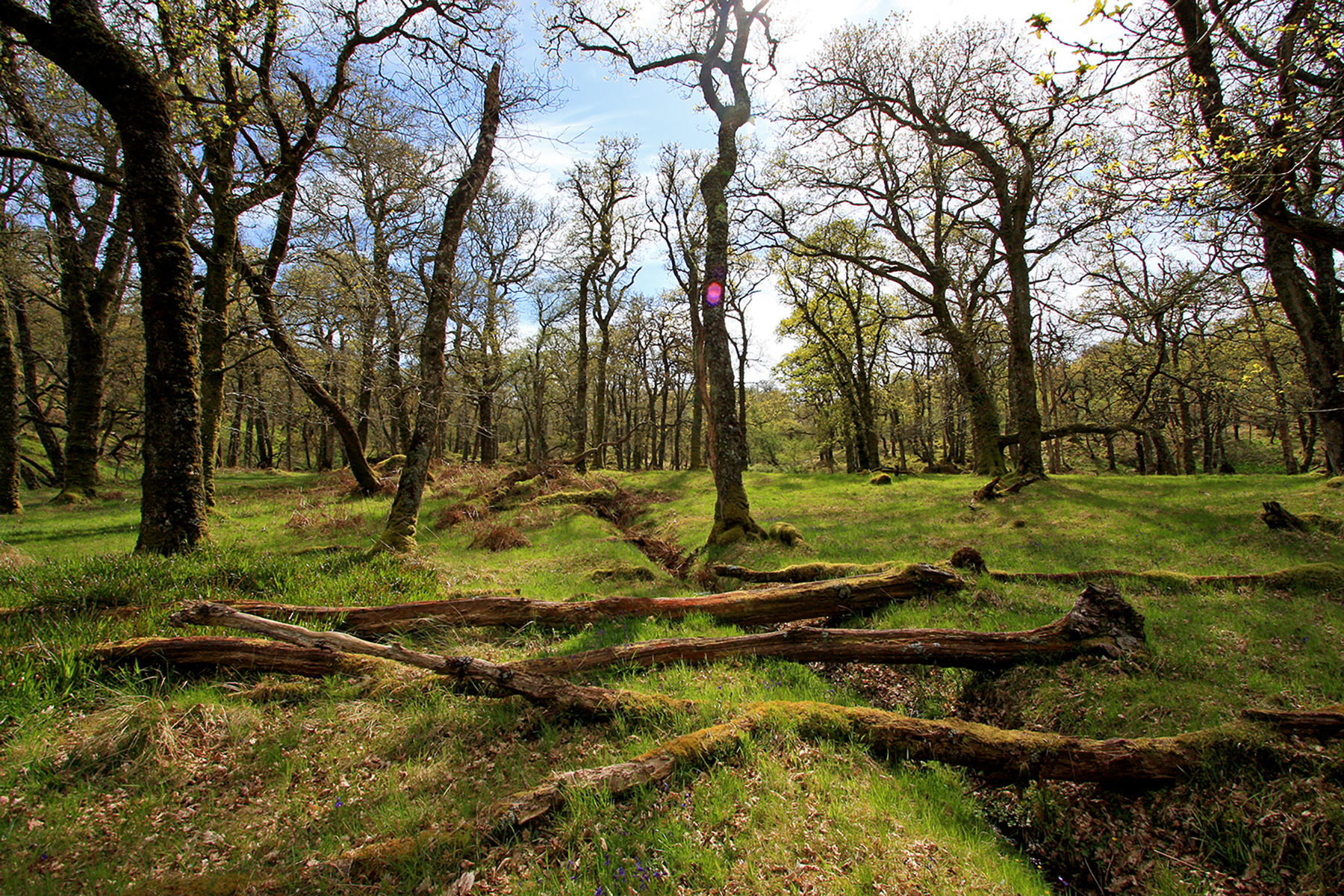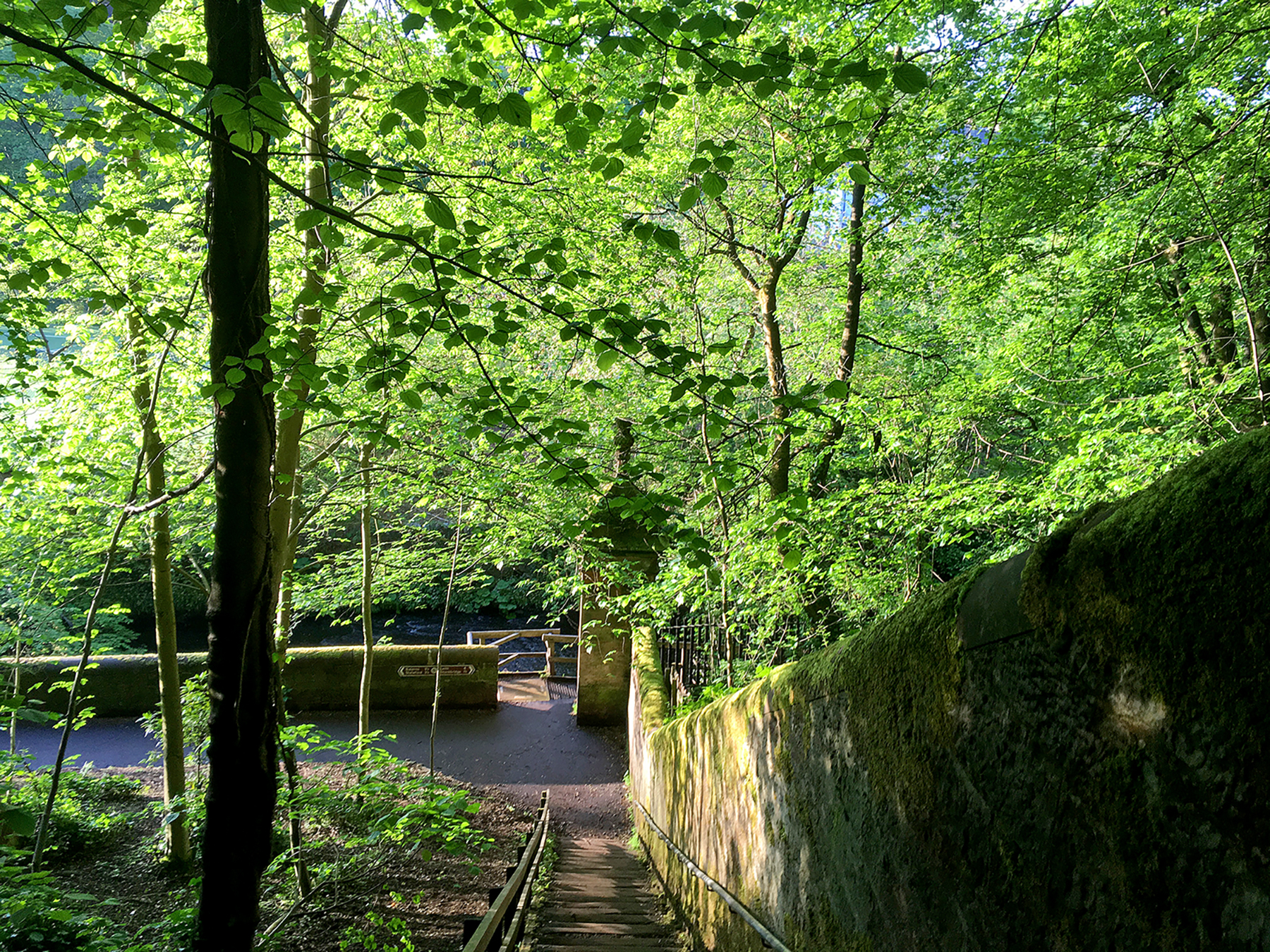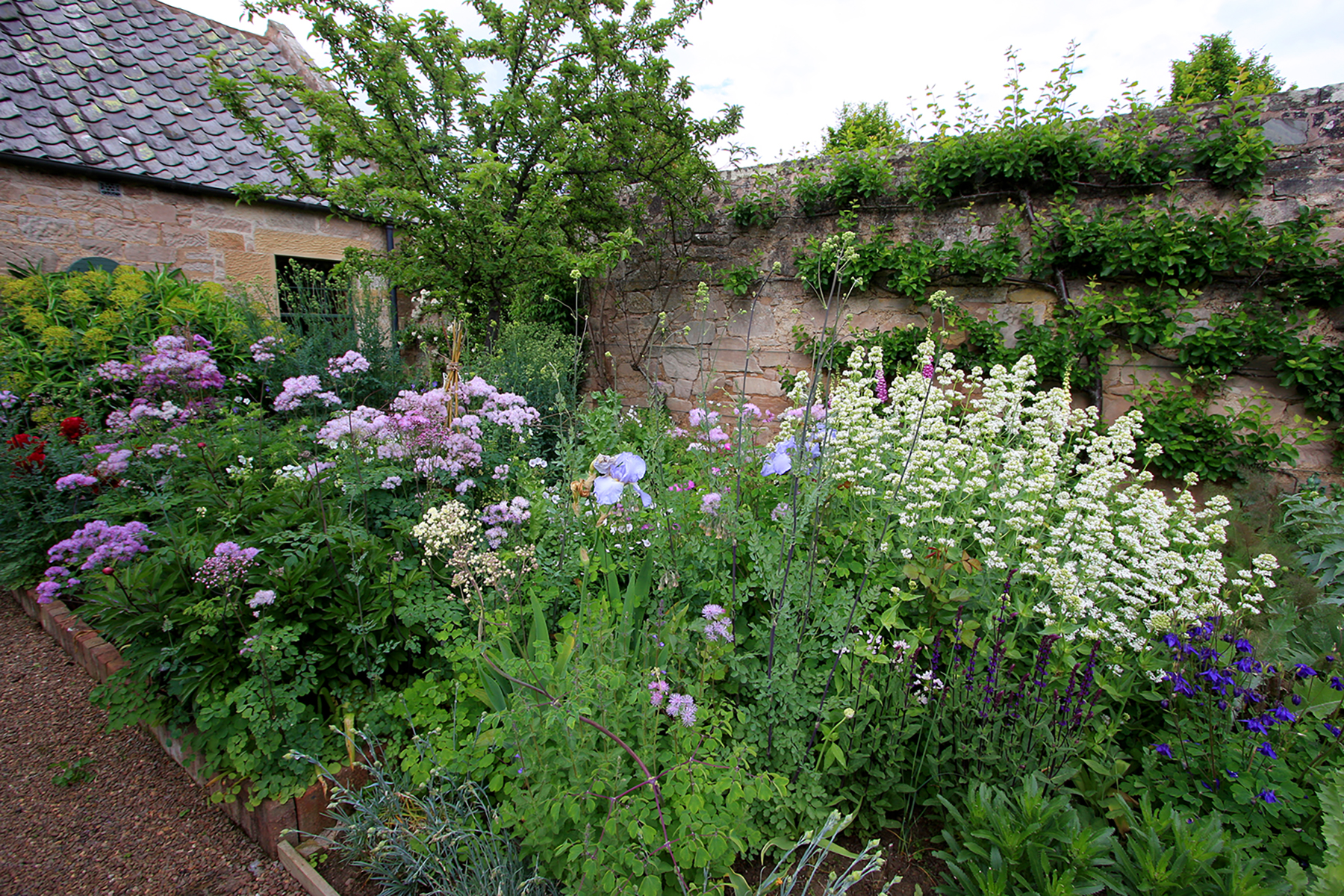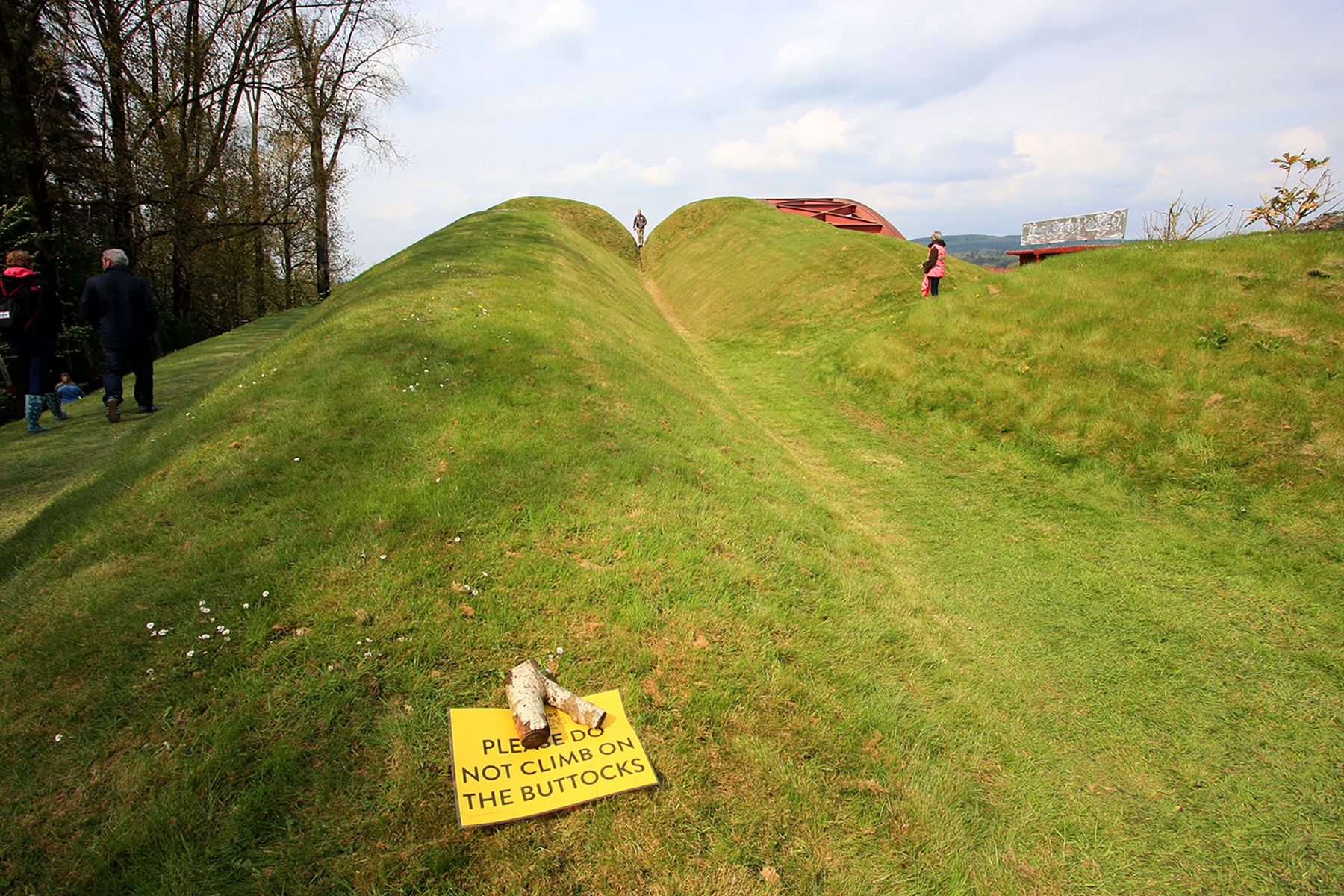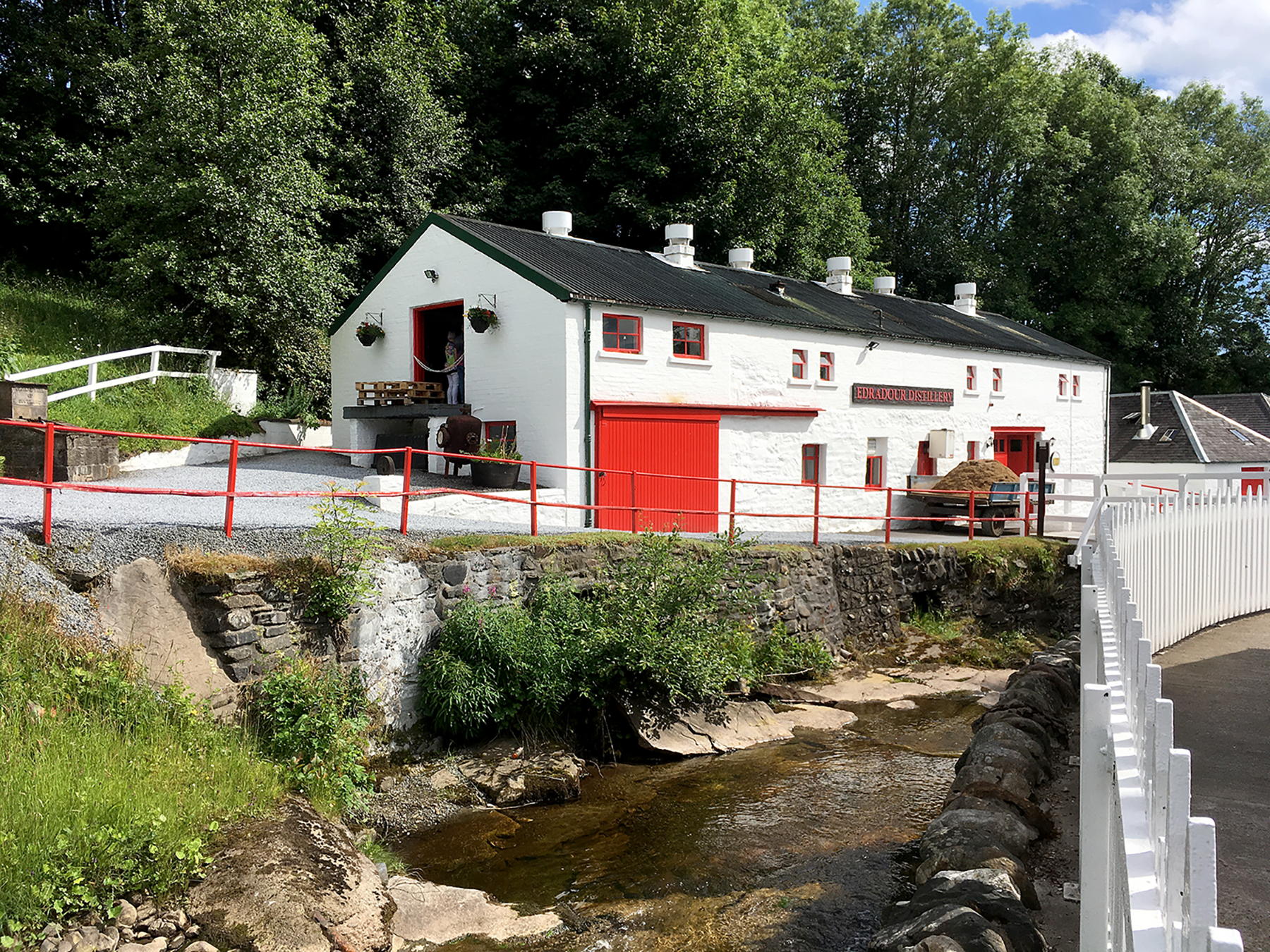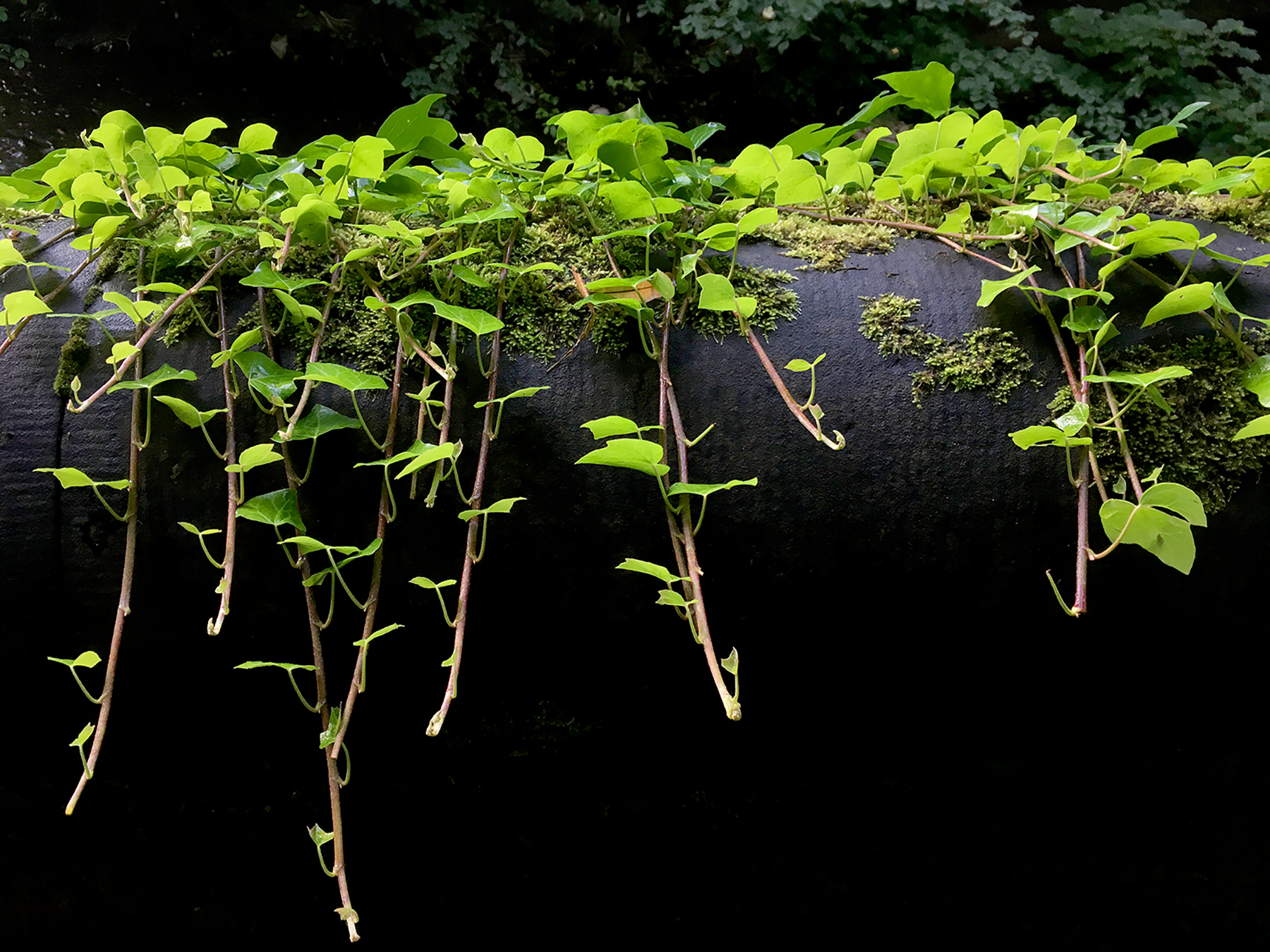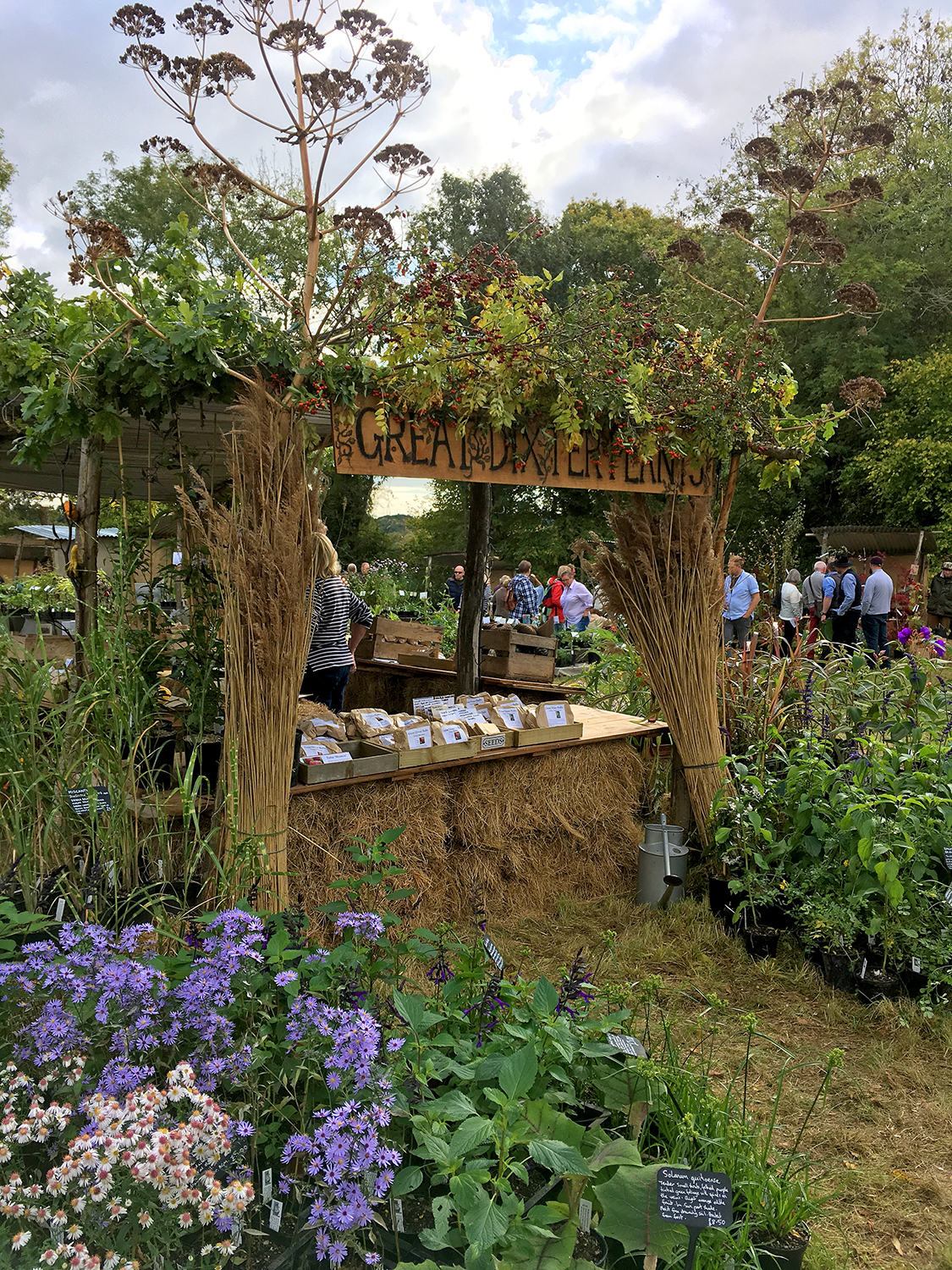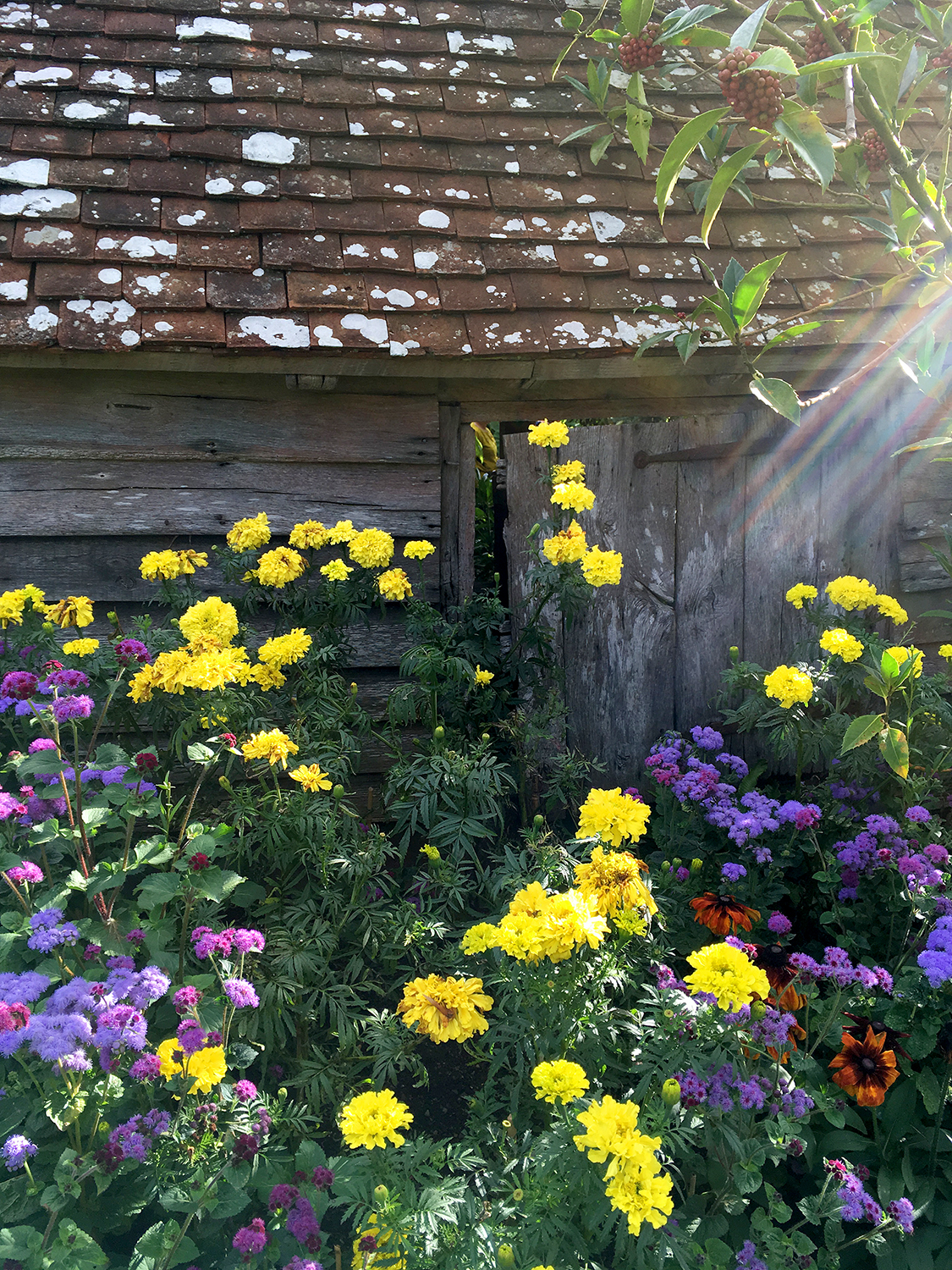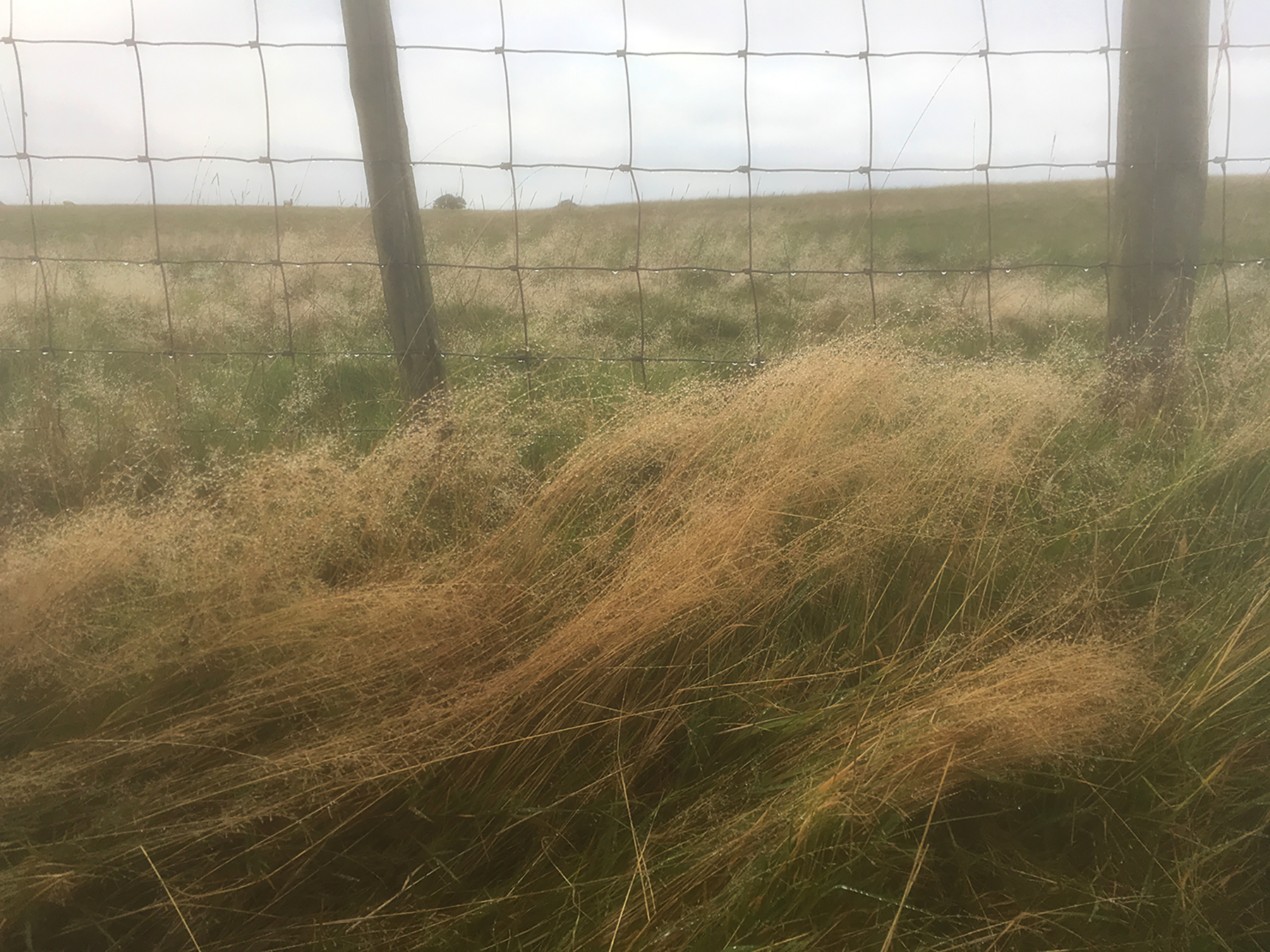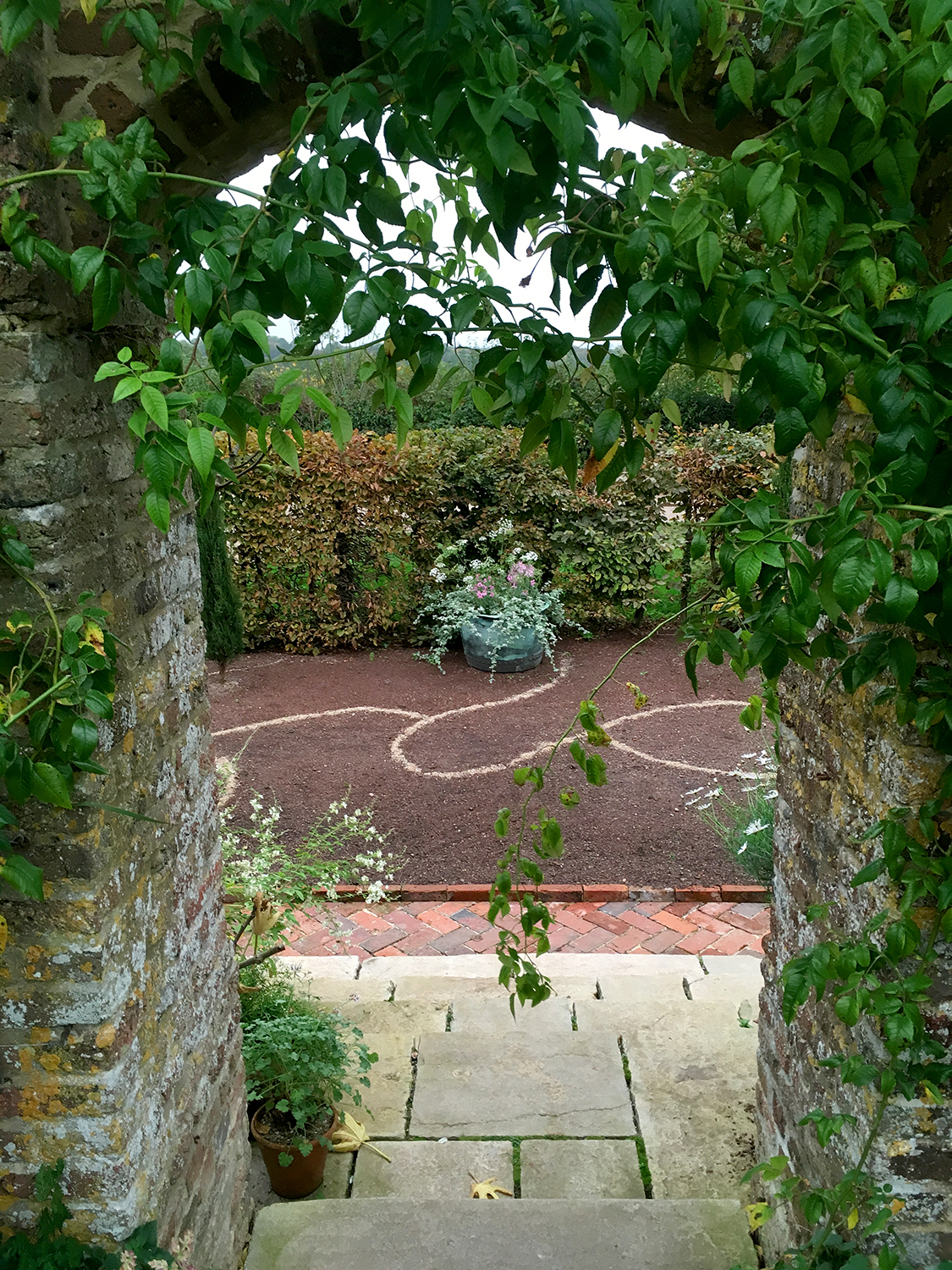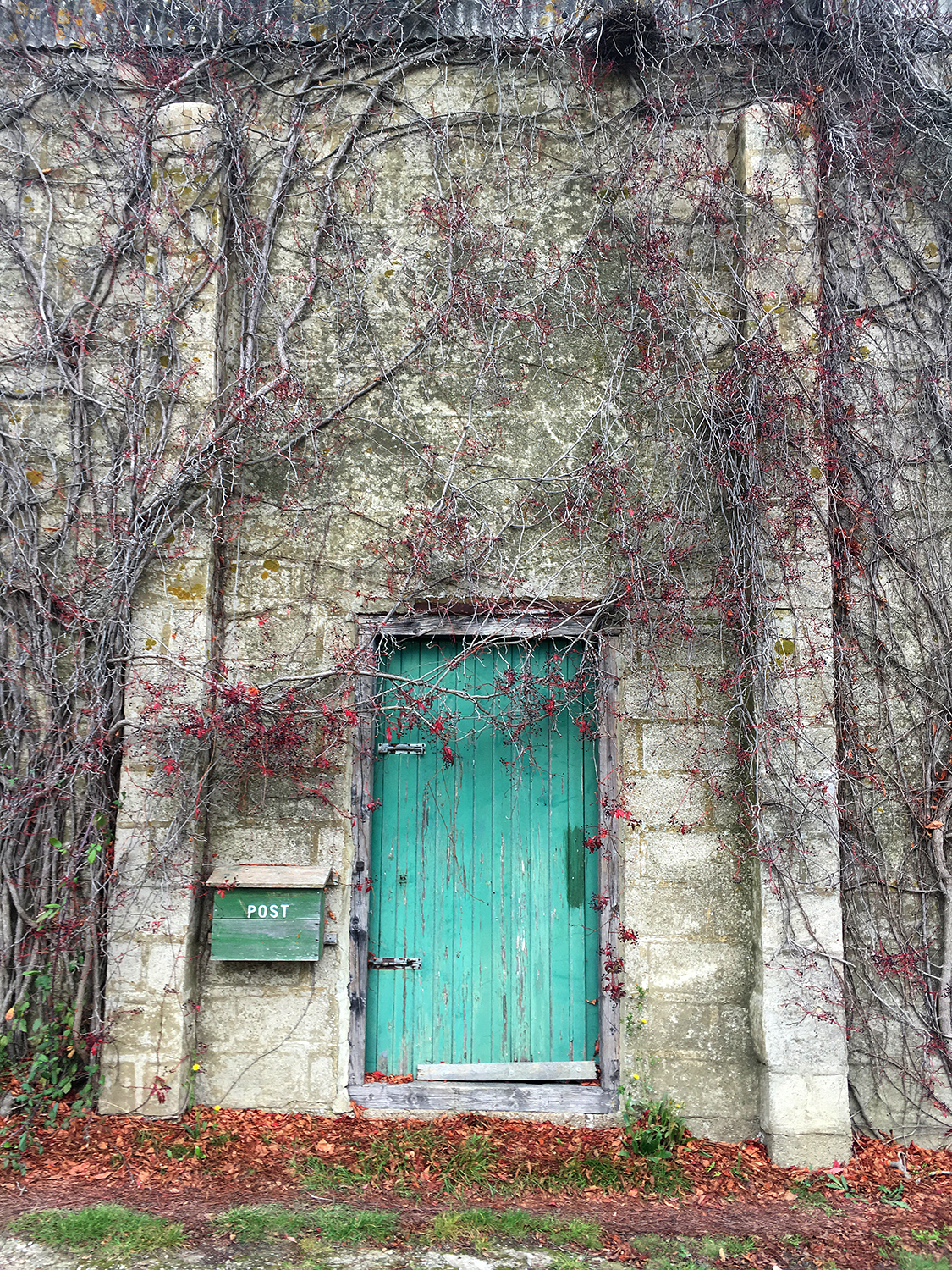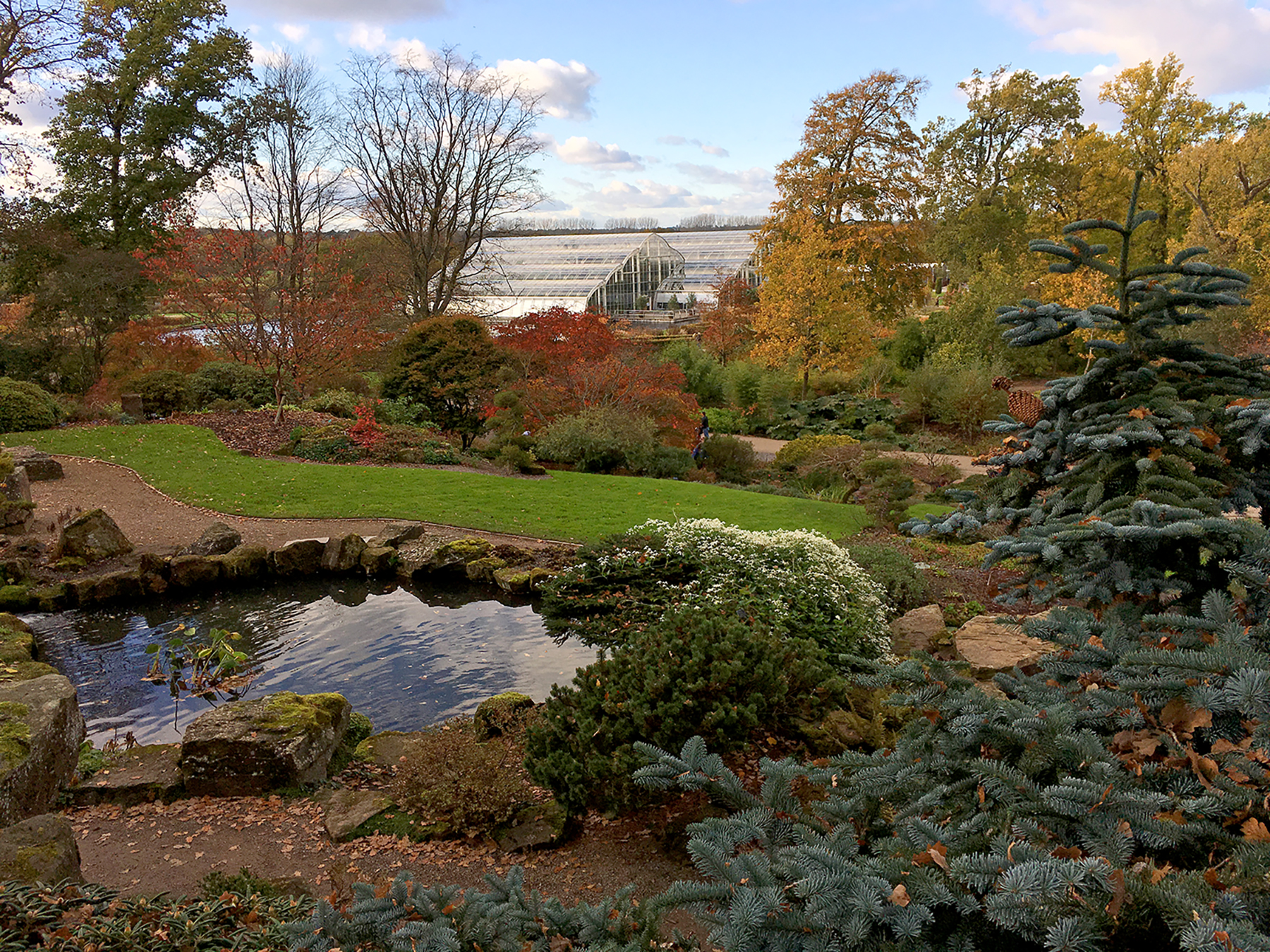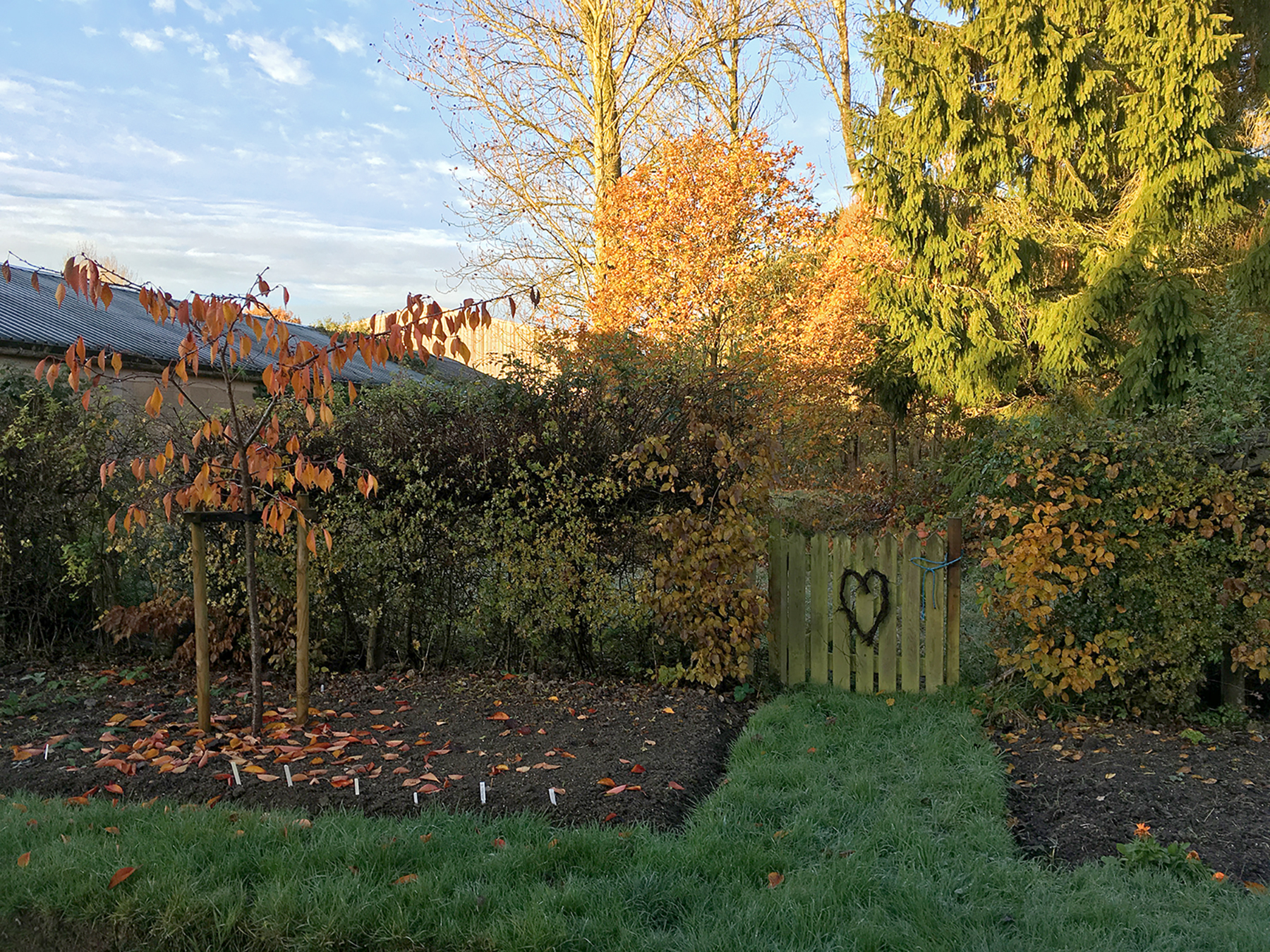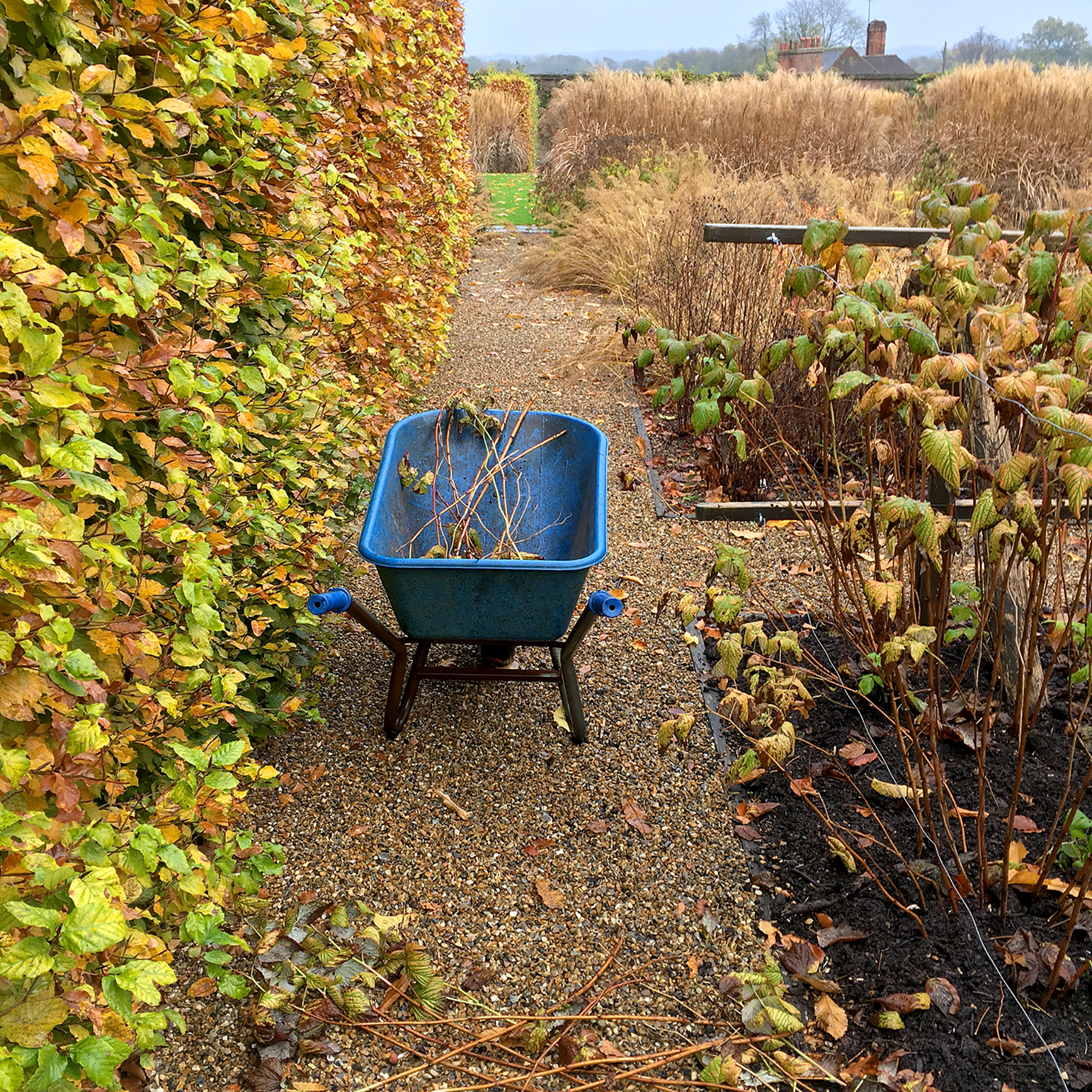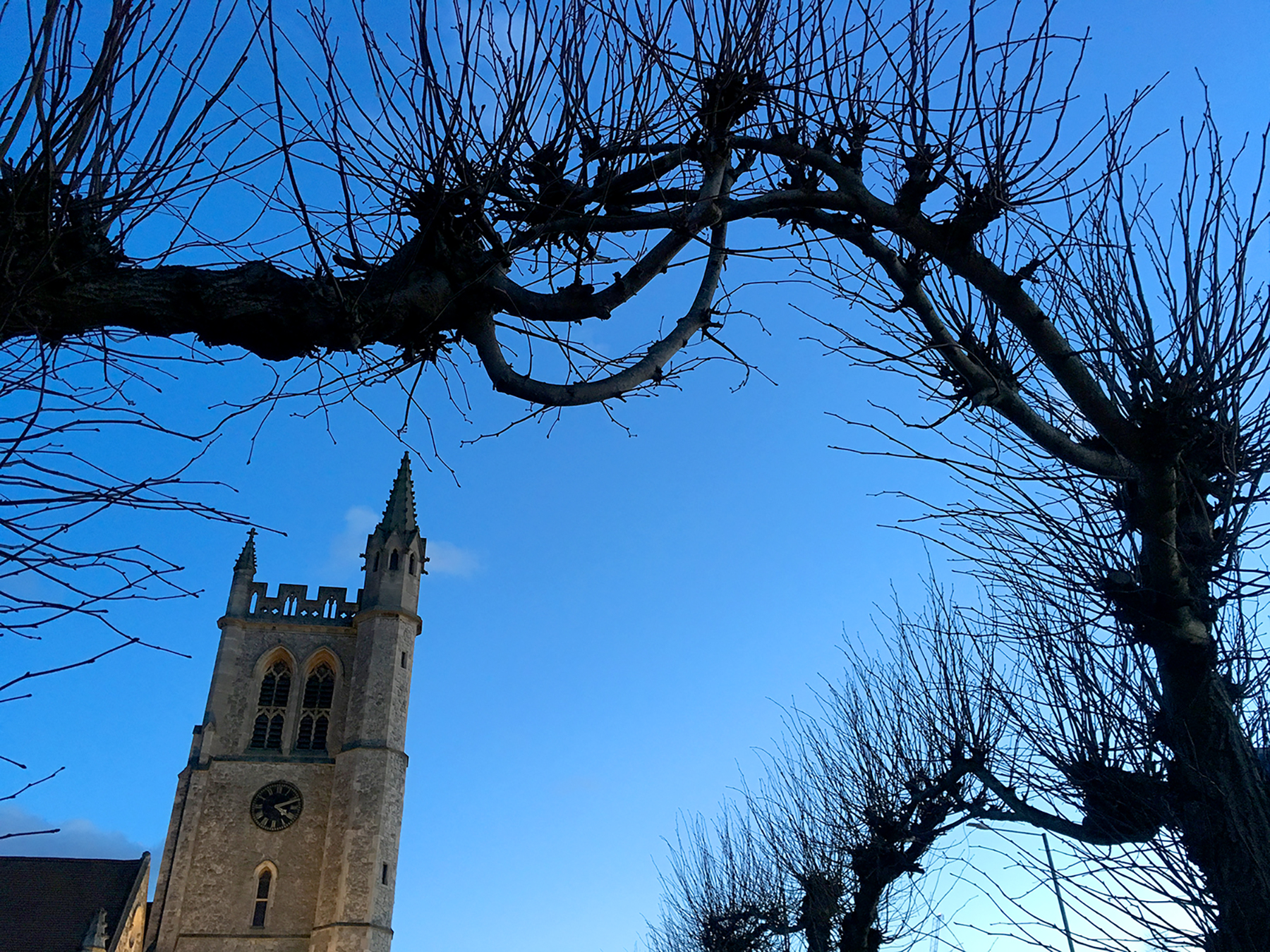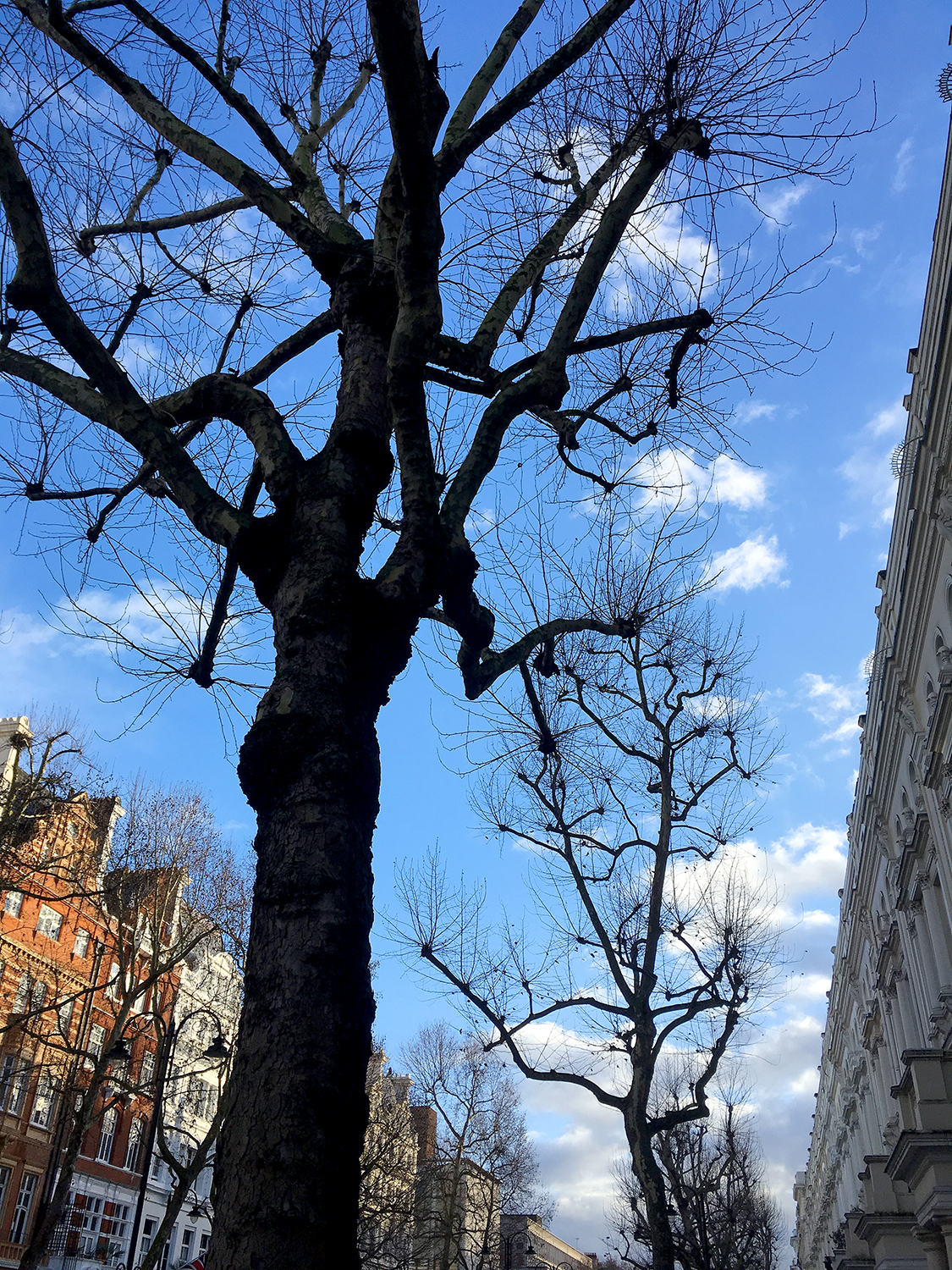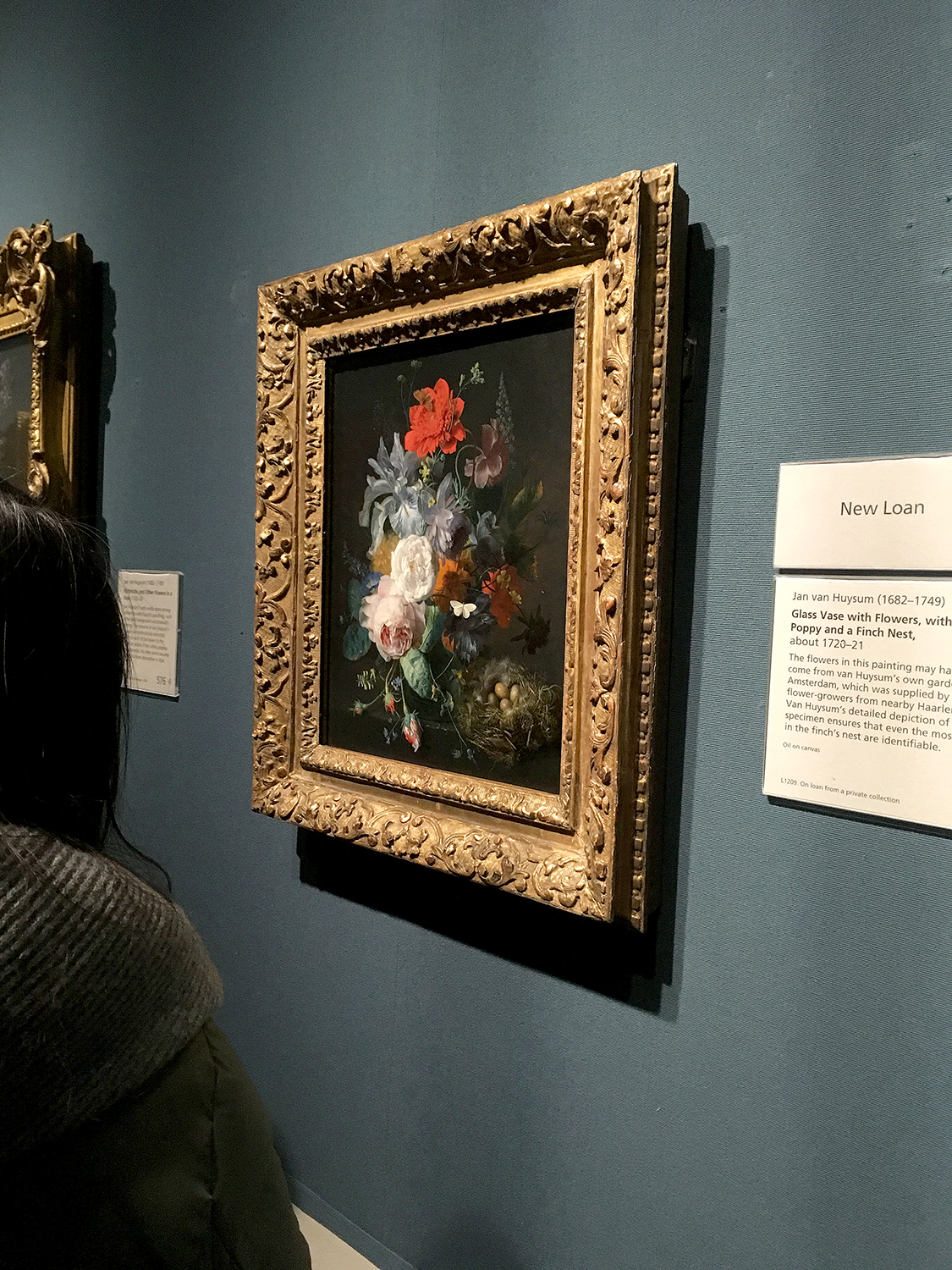In early September, in between moving and starting a new job, I flew to southern Italy to spend a few days celebrating my birthday. My husband and I rented a car and drove from the airport in Bari south down Apulia (the heel of Italy’s “boot) and explored the Salento region at the very southern tip. The highlights of the trip were white stone cities surrounded by beautiful beaches with turquoise water, being able to swim in both the warm Ionian and Adriatic Seas, charmingly authentic villages, seafood and pasta, and the blissful absence of too many English tourists. We didn’t visit any gardens on our trip, but there was a horticultural phenomenon that cast a giant shadow over our trip and is too important to ignore: Xylella fastidiosa.
The ancient olive groves of Apulia, and the lives of the farmers who tend them, have been devastated by the bacterial plant disease Xylella fastidiosa, or ‘xylella’ as it is commonly known in horticulture. Spittlebugs are the vector for the disease. They pass bacteria into the trees as they feed and also carry the disease from one tree to the next. Then the bacteria reproduces in the tree’s xylem, which is the plant’s water-transport system, and essentially stops the flow of water through it, dehydrating the trees to death. Some trees die all at once and others die in bits, slowly browning out all over. In addition to olives, xylella can also affect other plants such as lavender, rosemary, and cherries. There is no known cure.
Olive oil is the economic engine of this historically poor area of Italy, and in the past year production has fallen 65% in Apulia. The economic damage is estimated at 1.2billion euros. And it is a double-edged sword in that tourism in this area of Italy had been increasing, adding to the area’s growth. But driving past miles and miles of dead olive trees really did blight the formerly beautiful landscape and, as much as I hate to admit it, did cast a pall over our vacation. The scale of the dead trees is just so large that it really was all we saw as we drove the entire Salento region, and it made both my husband and I sad that these beautiful and characterful productive trees—some of which are hundreds if not thousands of years old—have met such an untimely end. The effects on the families who have tended these trees, some for many generations, is unimaginable.
It is not just the groves that are affected. These olives grown as street trees in the beautiful little town where we stayed were also dying.
It is interesting to note that there was a very clear line of demarcation between the most hard-hit areas of the Salento and further north, toward Bari, where the olives are still alive. This is what I imagine the olive groves must have looked like throughout the south-most areas before xylella:
I don’t speak Italian, but I was really struck by how little information we saw publicized about this crisis while we were in Italy. I noticed no billboards or public signs about it as we made our way through many towns and cities in the area. It wasn’t until we were getting our passports checked to return to England that I saw this small sign in the airport. There are apparently buffer zones in place that are carefully monitored to help contain the spread of the disease.
Xylella is not yet in the U.K., but I am really surprised by how relatively little it has made the news in the British horticulture world, even though many plants grown in the U.K. are susceptible to the disease and I’ve seen spittlebugs here. The trade publication Horticulture Week does talk about it, but there have been very few mentions of it in mass-market media. I do seem to remember a small segment on Gardener’s World last year urging U.K. travelers to not bring plant material back with them from their holidays. But that segment didn’t show the effects of the disease abroad, and I believe that if it had it would have been much more effective. More publicity may be on the way: Dame Helen Mirren, who owns an olive grove in Apulia, did a recent campaign with the RHS to raise awareness.
For more information on xylella, and the heartbreaking emotional as well as economic toll it is taking on Apulia, National Geographic published a good piece here. And in the meantime, no matter how tempting it may be to bring plant material home from your vacations abroad, please think of the pictures I have published here and leave it behind for the sake of protecting our British plants from this devastating disease.
